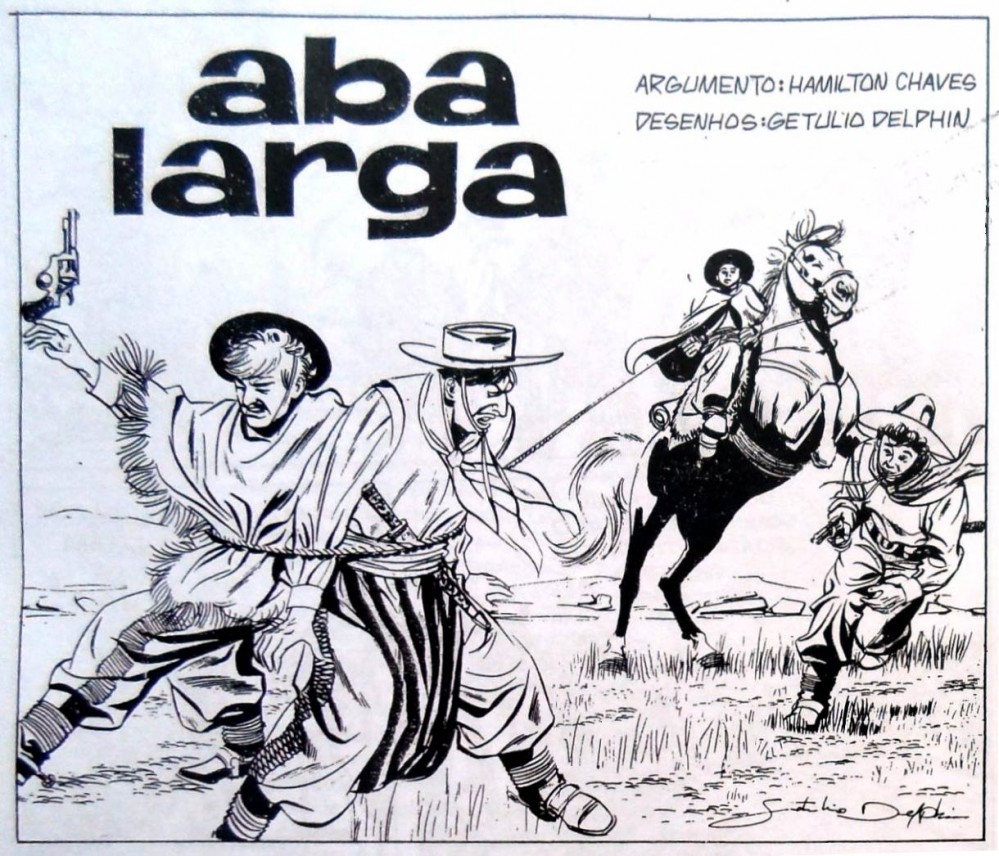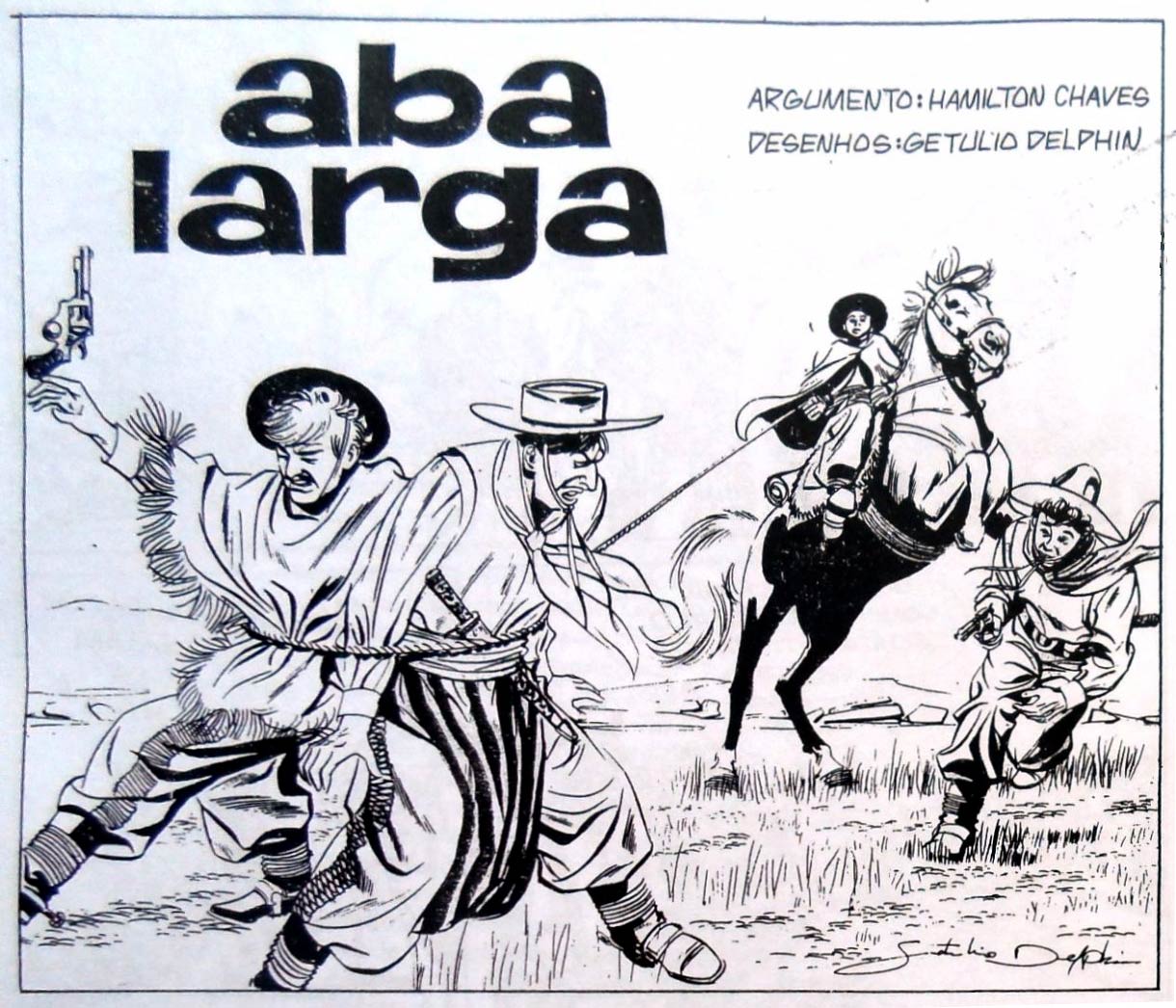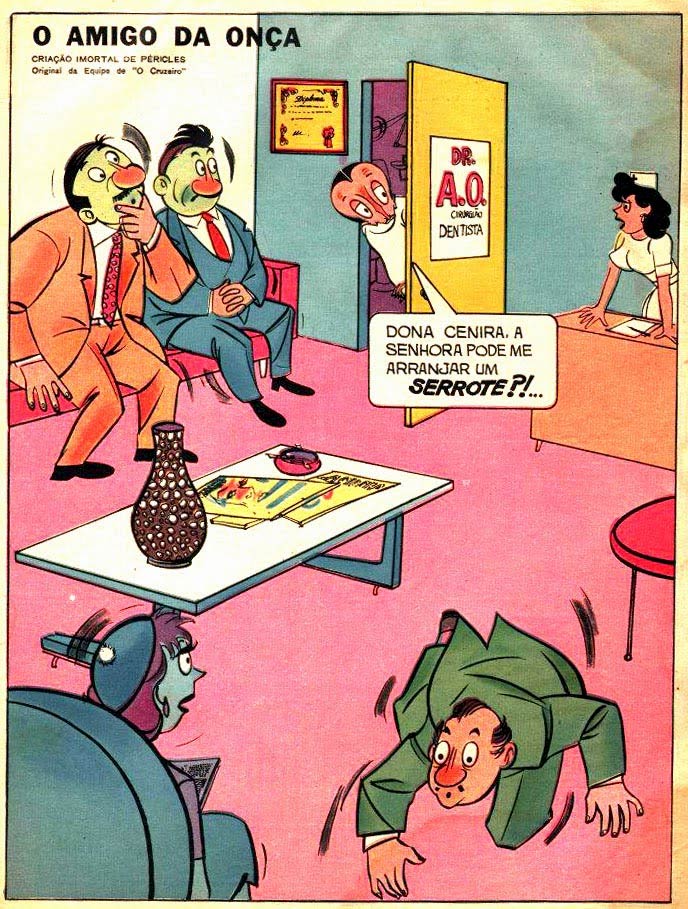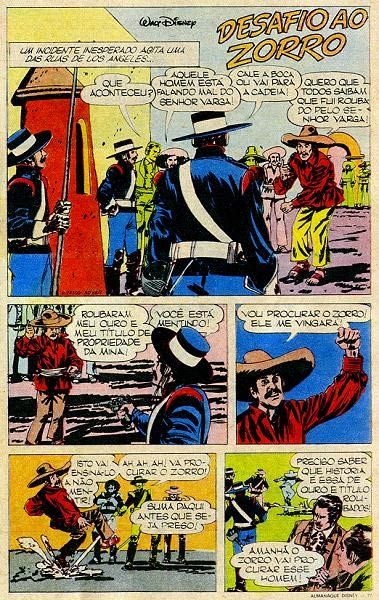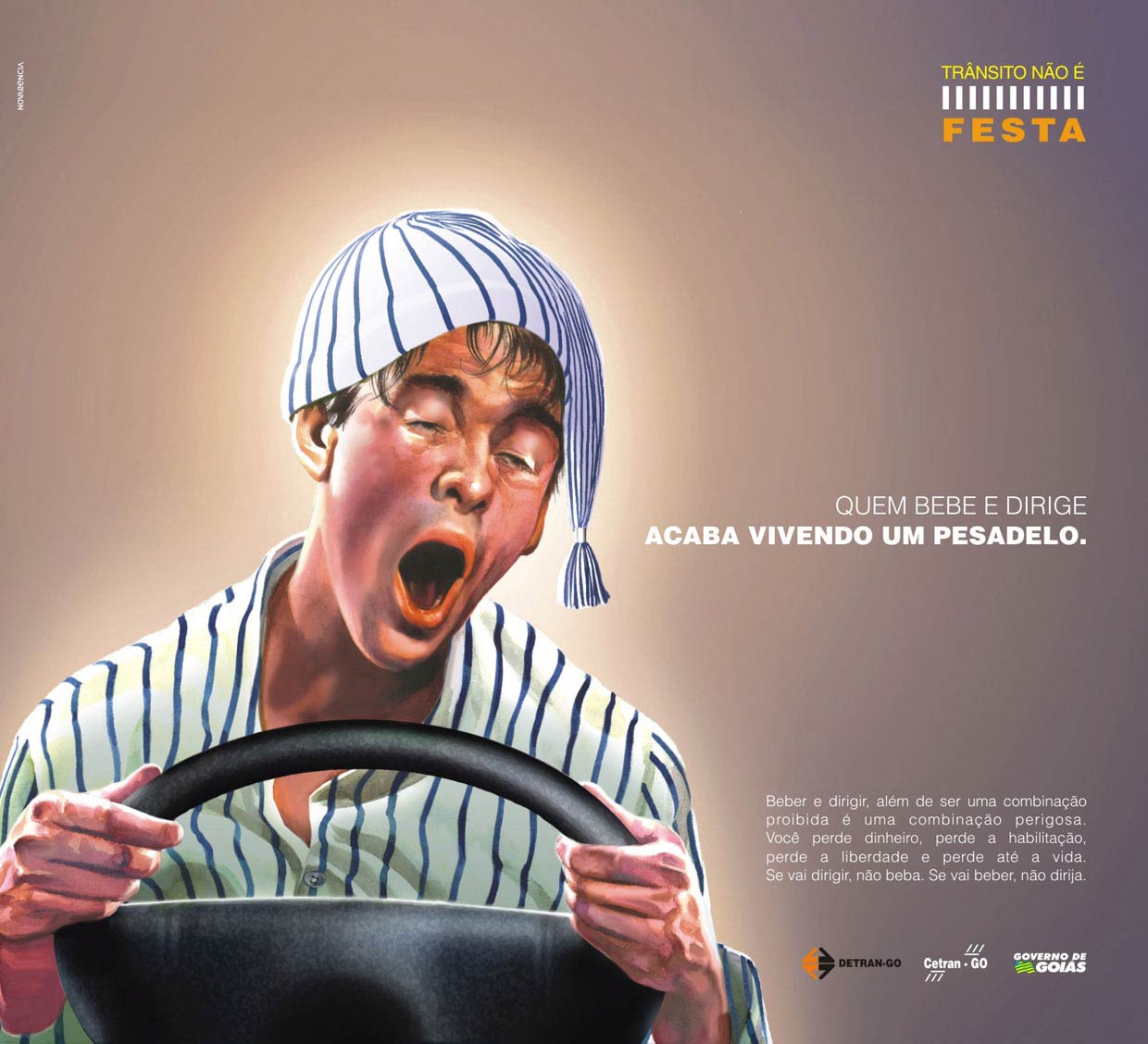Getúlio Delphim is a Brazilian comic artist and illustrator, who also signed his work with Delphin and Delfim. He was mostly active in the 1950s and 1960s, drawing comic books based on TV series and foreign properties for publishers like Rio Gráfica e Editora and Outubro, which includes titles like 'Capitão 7' and 'Jet Jackson'. At O Cruzeiro, he was part of the art team "Equipe de O Cruzeiro", drawing episodes of 'Charlie Chan' and continuing the humorous 'Amigo da Onça' feature (1962-1964). Later comic projects were the 'Aba Larga' comic book through CETPA, about the Mounted Police Brigade of Rio Grande do Sul, and 'Zorro' stories for Editora Abril. His later career was largely spent in Europe, where he worked as a storyboard artist and and illustrator through advertising agencies.
Early life and career
Born in 1938 in Rio de Janeiro, Getúlio Delphim began his career at age 15 as an apprentice artist at the publisher Rio Gráfica e Editora (RGE). He provided cover illustrations for the Brazilian comic books with Lee Falk's 'The Phantom' and 'Mandrake the Magician' ('O Fantasma', 'Mandrake'), Timely's 'Black Rider' ('Cavaleiro Negro') and DC's 'Captain Marvel' ('Capitão Marvel'). He then joined the publisher Garimar, where he drew comic stories based on the Brazilian TV series 'O Falcão Negro'. This Zorro rip-off was broadcast beginning in 1954, and the comic book was launched in 1958. Other artists for the title were Walter Peixoto, Edmundo Rodrigues, Gutemberg Monteiro and Fernando de Lisboa. Delphim also drew World War II stories for Garimar titles like 'Homens em Guerra'. At age 18, Delphim began associations with the publishers Outubro and La Selva. Among his graphic influences were Alex Raymond ('Flash Gordon'), Harold Foster ('Prince Valiant'), Burne Hogarth ('Tarzan') and Hugo Pratt ('Corto Maltese').
Editorial Outubro
During the early 1960s, Getúlio Delphim was mostly active drawing comic books based on TV (super)heroes for the publishing house Outubro. The first of them starred the Brazilian TV superhero 'Capitão 7' (1954-1966), of which the comic book was launched in 1959. Delphim alternated on the artwork with Jayme Cortez, Júlio Shimamoto, Juarez Odilon and other artists, while the scripts were written by Helena Fonseca, Hélio Porto and Gedeone Malagola.
Another popular Outubro comic book was 'Jet Jackson', which was based on the American TV series 'Jet Jackson, Flying Commando'. The hero was a World War I Army pilot, who headed a Secret Squadron during the Second World War. Originally, the series was an American radio play (1938-1949) and subsequent TV show (1954-1956) called 'Captain Midnight'. When the show went into syndication in 1958, it was retitled to 'Jet Jackson' for copyright reasons. The Brazilian comic book was launched in 1960, and 23 issues appeared with scripts by Hélio Porto, and art by Getúlio Delphim and Jayme Cortez.
Amigo da Onça by "Equipe de O Cruzeiro".
O Cruzeiro
In the early 1960s, Delphim was working for the publishing house O Cruzeiro, where his work appeared under the joint pen name "Equipe de O Cruzeiro" with Zé Geraldo and possibly other artists. The team illustrated comic stories based on the 'Charlie Chan' franchise, originally created by American novelist Earl Derr Biggers, for the magazine O Guri. These locally produced detective stories succeeded the American material from DC Comics, and were situated in Rio de Janeiro. In the publisher's main title, the magazine O Cruzeiro, Delphim and Geraldo continued the satirical humor feature 'Amigo da Onça' after the suicide of Delphim's friend Péricles Maranhão on New Year's Eve 1961. Their run lasted two years, after which Carlos Estevão continued the feature from 1964 to 1972.
CETPA
Between 1962 and 1964, Delphim was part of the CETPA, a union of comic artists aimed at the nationalization of comics in Brazil. The chairman was Zé Geraldo, and the other associated authors were Flávio Colin, Renato Canini, Júlio Shimamoto and Luiz Saidenberg, while the project was endorsed by Leonel Brizola, the left-wing governor of Rio Grande do Sul. Through CETPA, Delphim created the comic book 'Aba Larga', about the Mounted Police Brigade of Rio Grande do Sul. The series was an attempt to promote regional Brazilian police forces. Ironically enough, the comic book borrowed heavily from the US comic 'King of the Royal Mounted'. The character later appeared in a newspaper comic strip by João Mottini in 1963-1964.
After the military coup of 1964, most artists involved in CETPA were labeled as "communists" and received a ban from the comic industry. Since then, Delphim has mostly worked for advertising agencies and as a book illustrator for publishing houses.
'Zorro'.
Later years
By 1973, the economic crisis had put an end to much of the Brazilian comic book industry. Getúlio Delphim continued his work as a commercial artist, and eventually tried his luck in Europe. He spent four years in Spain, then lived in France for seven years, and then returned to Spain for two more years. During this period, he mostly worked for agencies from Barcelona, Madrid, Paris and Frankfurt as a storyboard artist, visualizer and illustrator. During the 1970s, he did his final comic book work for Editora Abril, drawing a couple of stories with the masked vigilante 'Zorro' for the company's Disney titles. The comics were based on the 1950s live-action TV show by the Walt Disney Studio's, starring Guy Williams.
Recognition
In 1994, Getulio Delphim won the Angelo Agostini Award in the category "Master of National Comics".


